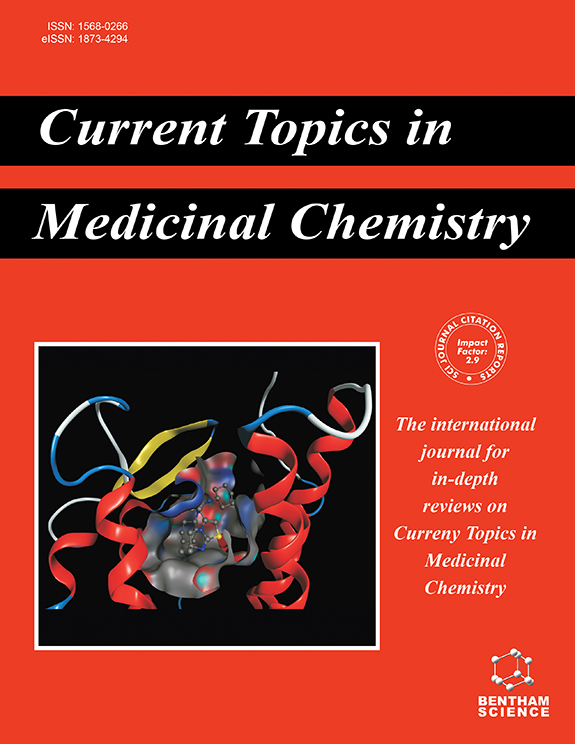Submission Tilte
Natural Products Inspired Drug Discovery Using Computer-Aided Drug Design Techniques
Submission Abstract:
Natural products, including medicinal plants, have always provided new and important leads against various pharmacological targets. The bioactive plant secondary metabolites themselves have provided many exciting drugs of clinical use. The semi-synthetic approaches by modifying the existing functional groups of natural products have often produced many druggable leads with improved efficacy over the parent compounds. Not only druggable molecules but also synthetic modifications for structure-activity relationship studies (SAR) have provided enough information for synthetic chemists to offer a strategy for designing new leads or drugs. The mastery of natural products in drug discovery is ever more evident as more than half of all the drugs of today contain compounds originally identified from plants or their derivatives. Exploring nature’s treasure for drug discovery is successful and continues to be an effort.
Undoubtedly, natural products, particularly phytomolecules, have been a rich source of drugs and druggable compounds for centuries, the complexity of their structures and the challenges in isolating and modifying them make traditional drug discovery methods time-consuming and resource-intensive. The entry of the computer-aided drug design (CADD) approach applying diverse computerized methods structure-based and ligand-based methodologies like Quantitative Structure-Activity Relationship (QSAR) modeling and pharmacophore modeling, protein-ligand docking, etc. as a powerful tool for modern drug discovery, increasing efficiency, reducing costs, and improving the chances of success. Molecular dynamics simulations accurately judge the interactions between a drug candidate and its target over time, while virtual screening tools including ADMET (absorption, distribution, metabolism, excretion, and toxicity) predictions scan vast chemical databases for compounds that fit certain criteria, reducing the likelihood of late-stage failures.
The process of CADD for discovering drugs inspired by natural products typically involves using both structure-based and ligand-based methods. In structure-based drug design, the 3D structure of a biological target is utilized to find natural product-derived molecules that can effectively bind to the target. This process allows for the virtual screening of extensive libraries of natural products as such or the molecules having scaffold of natural products, predicting their binding affinities, and identifying potential lead compounds with high specificity and efficacy. The focus of an innovative drug discovery program is to create efficient and cost-effective drugs with a wide range of functions, by exploring natural products for new pharmacophores and virtually designing molecules based on natural scaffolds for potential therapeutic agents.
This thematic issue is aimed at summing up the recent advances in the application of CADD for Natural Products based drug discovery for various diseases and debilities. This special edition will encompass all aspects of medicinal chemistry, such as the latest advancements in rational drug design, synthetic chemistry, bioorganic chemistry, high-throughput screening, combinatorial chemistry, measurements of compound diversity, drug absorption, drug distribution, metabolism, new and emerging drug targets, pharmacogenomics, and structure-activity relationship strategies used in the exploration and advancement of new potential drug compounds.




